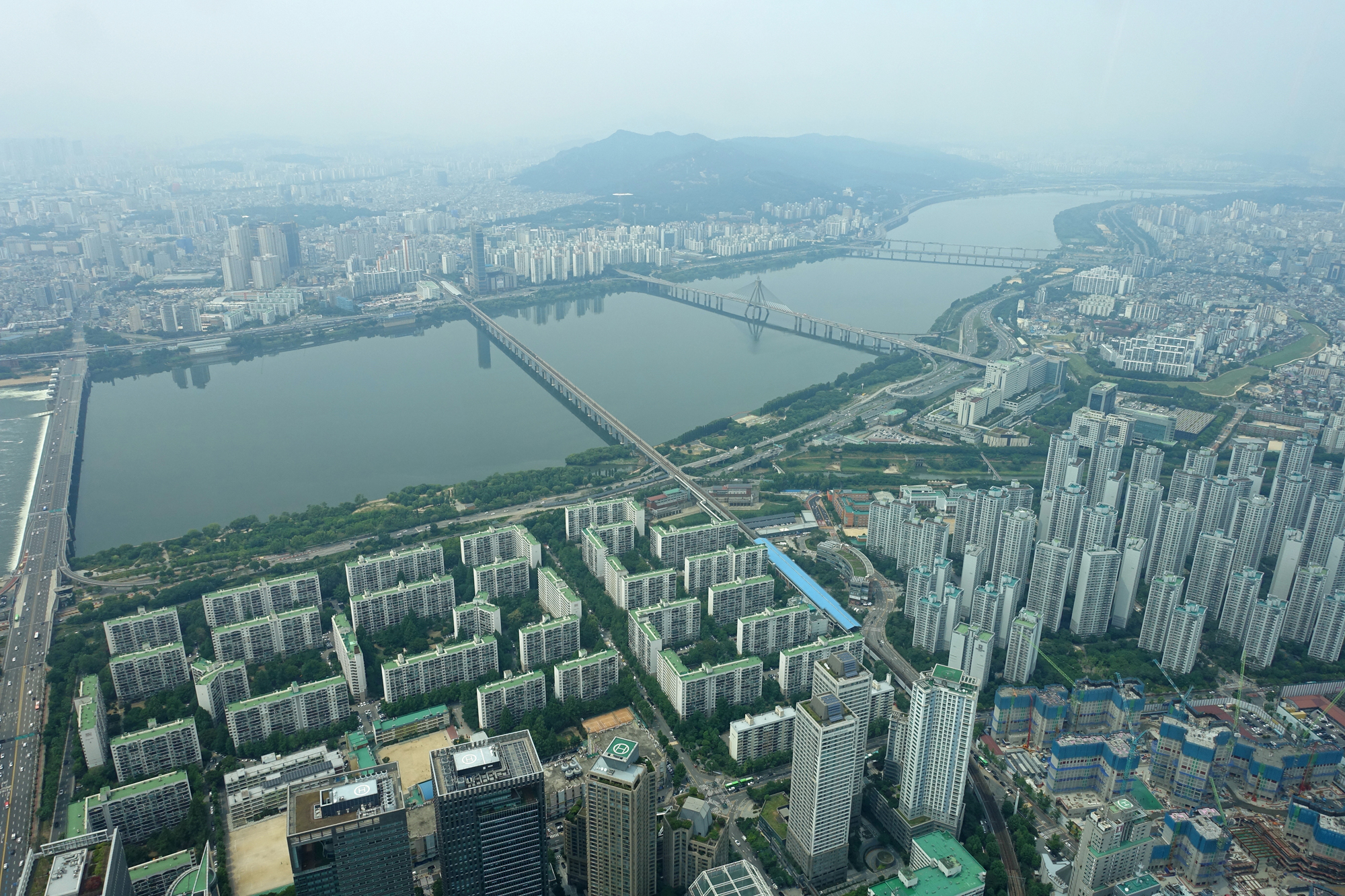
After 36 years of Japanese colonial era rule, Korea was liberated on August 15, 1945 at the end of the second world war. However, no decision could be reached about who would control the country. The USA and the Soviet Union agreed to arbitrarily divide the country into two occupation zones (a USA one and a Soviet one) using the 38th parallel as the dividing line. This was supposed to be a temporary arrangement until trusteeship of the country could be implemented, but with the onset of the Cold War and other factors, including Korean opposition to the trusteeship, nothing was agreed upon. By 1948 with no agreements in place two separate countries were established, the USA supporting the south and the Soviet Union supporting the north, each claiming sovereignty over the entire Korean peninsula. In 1950 North Korea invaded South Korea starting the Korean War which lasted until 1953. The war ended in a stalemate and has left Korea divided by the DMZ to the present day.
Seoul is the capital of the Republic of Korea, commonly known as South Korea, and is the country’s most populous urban area. The city boasts a population of just under 10 million residents with the metropolitan area counting over 26 million residents. During the Korean war Seoul changed hands four times leaving most of the city in ruins. Since the cease-fire in 1953, Seoul has undergone significant reconstruction and architectural development, resulting in a modern metropolis. Seoul has been rated Asia’s most livable city with a high quality of life. Industry giants such at Samsung, LG and Hyundai are headquartered here and the city has hosted major events such as the 1988 Summer Olympics.
Despite being a large city Seoul was a refreshing change from Vietnam. It’s much cleaner here and the traffic is organized with no honking AND pedestrians have the right of way. Cars actually stopped for us!! Finally, we feel safe crossing the road and gone are the constant scooter and car horns that is the norm in Thailand, Cambodia and Vietnam. The crosswalks at major intersections have red & green lights on the ground to let you know when it’s safe to cross, so you don’t even have to look up from your phone.
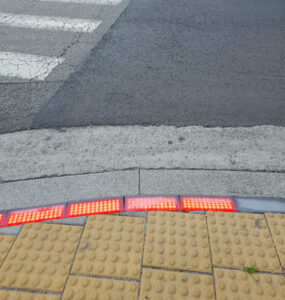
Of course, there is a cost to all that cleanliness and organization! Seoul is not nearly as inexpensive as S.E. Asia as we discovered at the airport when we bought our Korean SIM card. 7 days unlimited data cost 35,000 KRW (USD $25.31) Seoul’s Incheon airport is situated on an island about 70km from downtown and our taxi ride from the airport to the city center cost us 85,000 KRW (USD $65.00) Public transport would have been cheaper, but the taxi got us and our large suitcases straight to our door and kept our travel day stress free.
Language is a challenge in Korea with their alphabet consisting of symbols, but Google Translate did a pretty good job when I took a picture of what I wanted to understand. Google Maps is another story, it does not work at all for walking or transit directions but is a good overall research tool. South Korea does not share their mapping information with Google for security reasons, but they have their own mapping app called NAVER. We downloaded the app and had walking and transit routes wherever we needed to go, so between the two mapping apps we got around easily. We also downloaded the local taxi hailing app called Kakao T which worked well getting us to one or two places further away that we wanted to see. We had 5 days to explore Seoul and here’s what we found interesting:
Gyeongbokgung Palace was completed in 1395, three years after the founding of the Joseon Dynasty, serving as the home of the royal family and the seat of government. The palace was mostly destroyed by fire during the Japanese invasion of 1592 and was not reconstructed until 1867. During the Japanese occupation from 1910 to 1945 most of the palace was torn down and only a few buildings were left standing. Restorations to bring the palace back to its former glory have been ongoing since 1990 and continue to this day, some buildings completed as recently as 2023. There is very little that is original, but the restorations are true to the original buildings and quite beautiful. During our visit we enjoyed watching the changing ceremony of the royal guards outside the Gwanghwamun Gate, recreated as it was during the Joseon Dynasty. Entrance tickets for the palace cost 3,000 KRW (USD $2.18) each or you can rent a traditional Hanbok costume and have free entry.
The Bukchon Hanok Village is a residential neighborhood in Seoul which dates to the 14th century. The narrow streets are lined with restored traditional Korean houses called hanoks. The area is popular with tourists, so we visited early in the morning before it got too busy.
Gwangjang Market is a traditional street market area offering a wide assortment of foods, plus clothing, souvenirs and a variety of household items. The market is one of the oldest and largest traditional markets in South Korea with more than 5,000 shops over an area of 450,000 sq ft. It was late morning on a holiday when we visited, and the place was crowded with lots of people shopping and enjoying a meal. We decided to try a traditional mung bean and pork pancake, surprisingly it was quite tasty, but seriously what fried food isn’t tasty!!
The Cheonggyecheon Stream is an 11km stream and public space in downtown Seoul. In the mid 20th century, the stream was filled with concrete and a freeway built overtop. In 2003 the city began an urban renewal project, disassembling the expressway and restoring the stream. Since opening in 2005 is has become a popular walking area for residents and tourists.
The Gangnam District is a trendy, hip and affluent area south of the Han River and more than likely a name we are all familiar with. One of the most famous K-Pop songs around, Gangnam Style, was released in 2012 by South Korean rapper Psy and instantly became a global hit. One of the dance moves in the video has been iconified as a giant pair of bronze hands on a stage outside the COEX Mall. The song begins playing when you step on the stage below the hands so you can dance to the music. I had forgotten what a funny and catchy tune it was 😄 Here is a link to the music video on youtube.

Close to the Gangnam hands is the Starfield Library, an Instagram hotspot, and one of the most beautiful libraries we have seen. It features enormous bookshelves, holding around 70,000 books, ensconced in a 2,800 square meter atrium. I’m not sure how the books on the top shelves are reached!
Lotte World Tower is the 6th tallest building in the world with Seoul Sky occupying the top 7 levels. Seoul Sky includes observation decks, glass floors, cafes and souvenir shops on the 117th to 123rd floors. We had unbelievable views over the city from this high vantage point. Tickets to the observation decks cost 31,000 KRW (USD $23.35) each.
The most popular tour around Seoul is the day trip out to the mysterious Demilitarized Zone (the DMZ) separating North from South Korea, the most heavily fortified border in the world. The DMZ includes 2km on both sides of the cease-fire line established at the end of the Korean War and runs for about 240km across the Korean peninsula. Both sides maintain large contingents of troops along the DMZ with peace an elusive goal. There are regular low-level skirmishes and during our time in Seoul there was in increase in tensions with balloons being flown between the two countries containing propaganda from the south and garbage from the north.
Our tour of the DMZ took us to a few historic locations beginning with Imjingak Park where one of the last trains out of North Korea is on display. Beside that is the Freedom Bridge, a former railroad bridge, where 12,773 people from the north were repatriated to the south in 1953 after the armistice agreement was signed.
From there we explored the 3rd Infiltration Tunnel, discovered in 1978, built by the North Koreans to invade South Korea. There have been four tunnels discovered since 1974. No photos are allowed inside the tunnel, but here is a diagram of what it looks like and how far towards North Korea we walked:

There is an observatory with a good viewpoint to look across the border into isolated North Korea using high powered binoculars. We also took the gondola ride across the river beyond the Civilian Control Line, taking us the closest you would ever want to get to North Korea!
It was an interesting and thought-provoking day but a bit confusing because our guide was constantly saying that all everyone wants is for reunification, but never saying which side would surrender. I don’t think the south wants to be taken over by the communists and I’m also pretty sure that the leader of North Korea has no intention of stepping down, so reunification seems unattainable in my mind. We thought the DMZ tour was worth doing and we used VIP Travel on the recommendation of fellow nomads. The tour cost 70,000 KRW (USD $58.45) each and lasts around 8 hours. You cannot visit the DMZ on your own so taking a tour is the only way, and don’t forget your passports, they are required to tour the zone.
We have enjoyed our few days in Seoul and found it an interesting city. Next up, Hiroshima, Japan…..


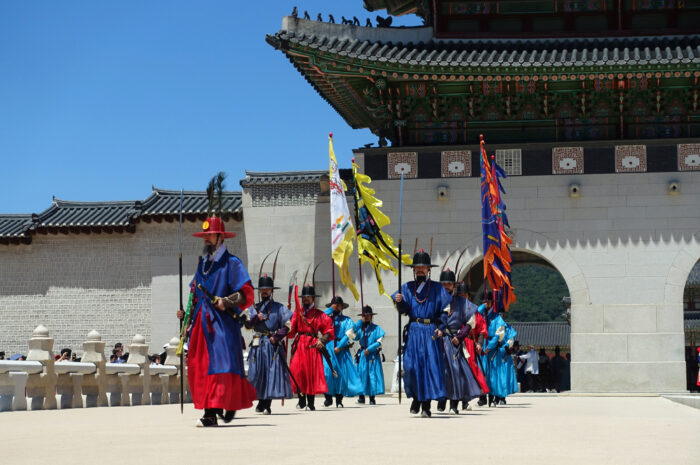


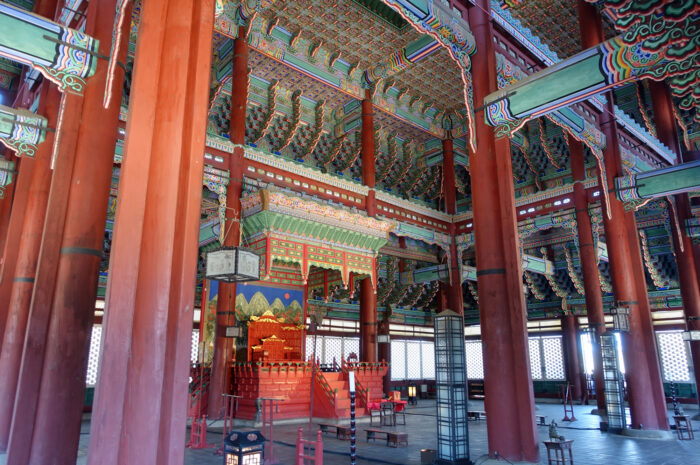

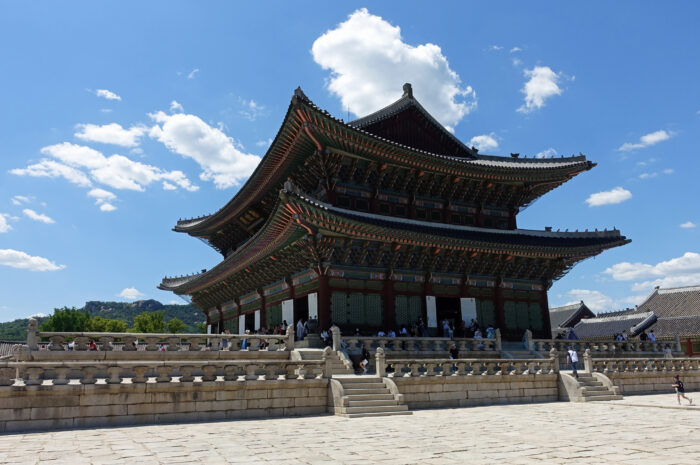
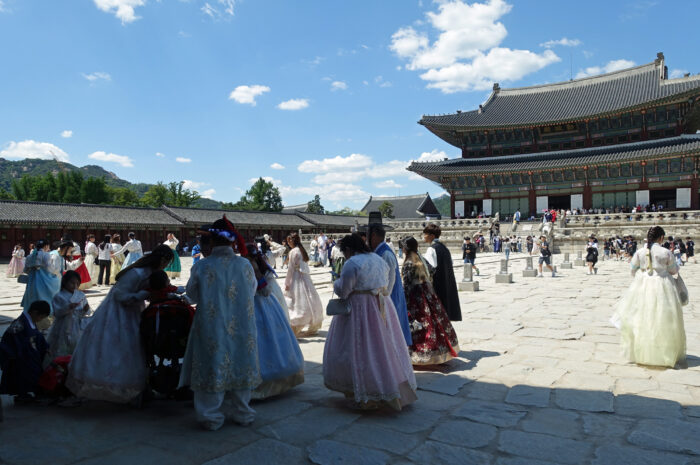
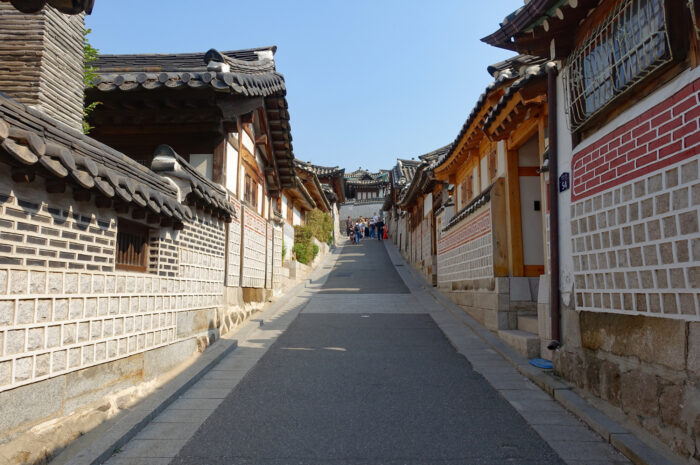
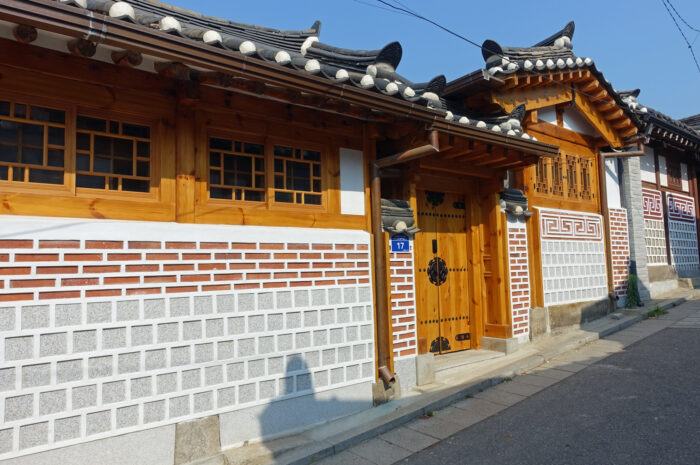

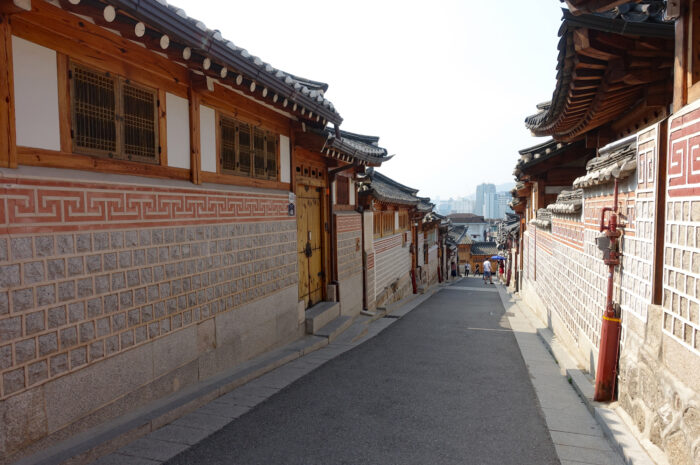
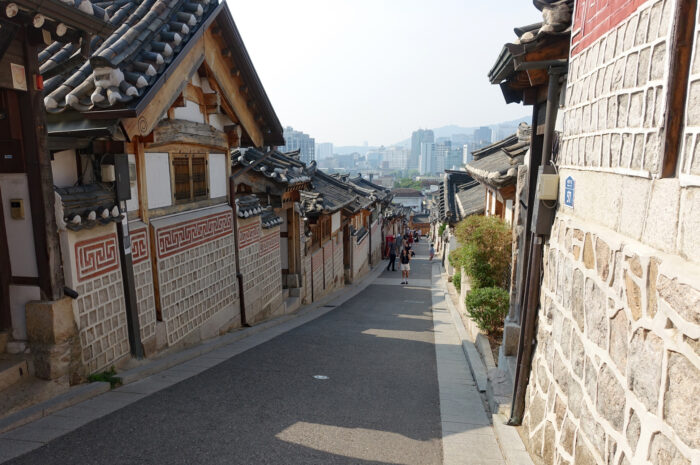
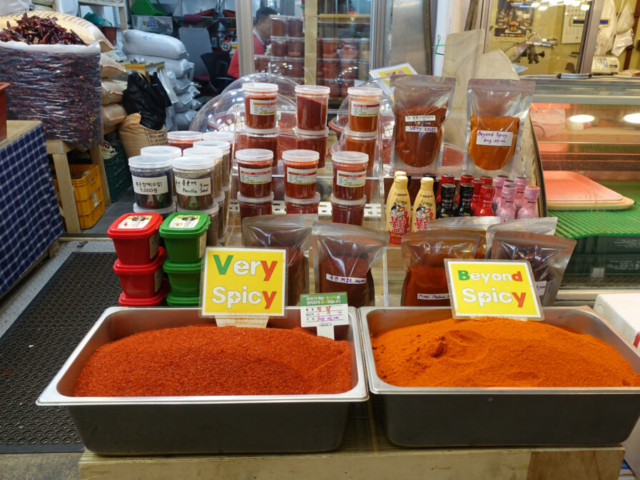



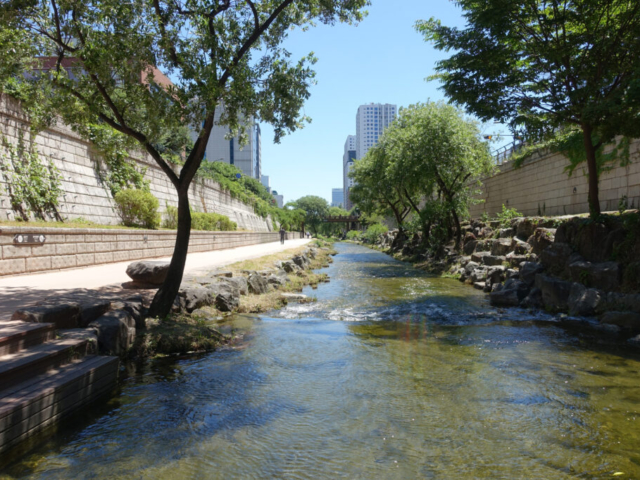





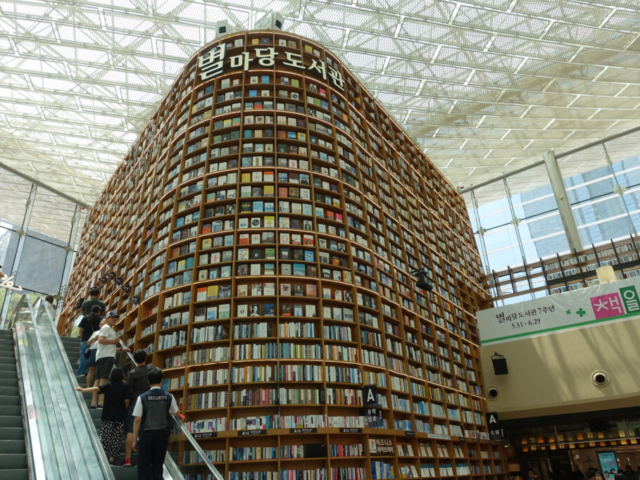

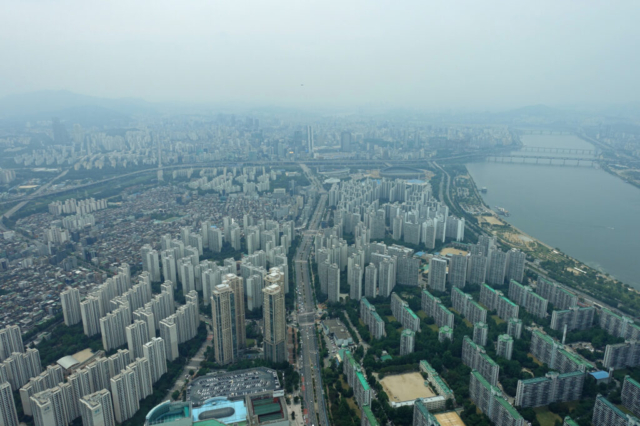
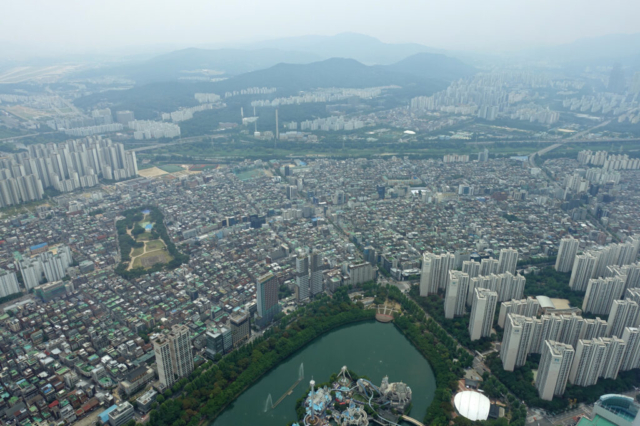

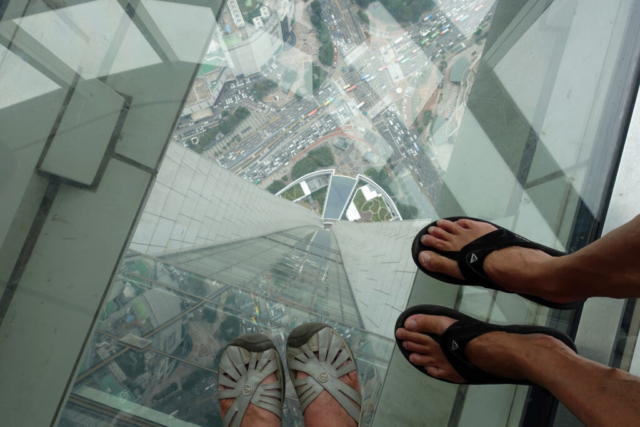



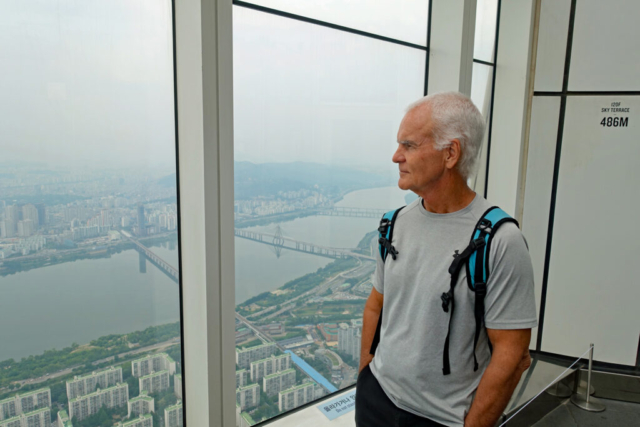





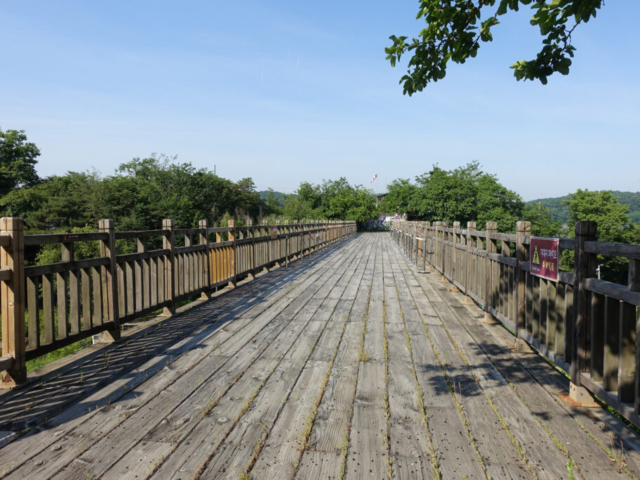
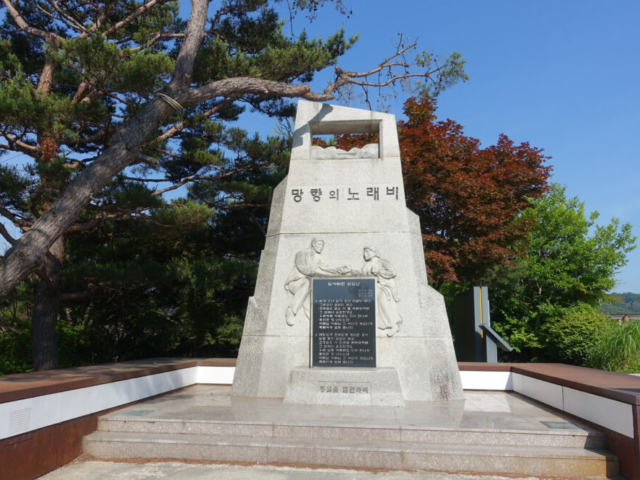


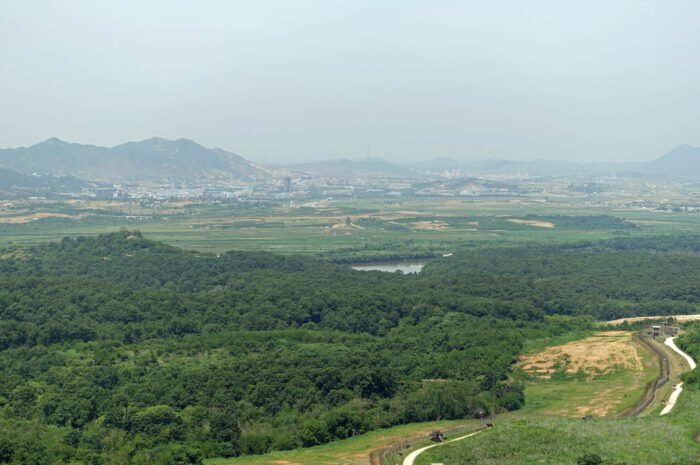
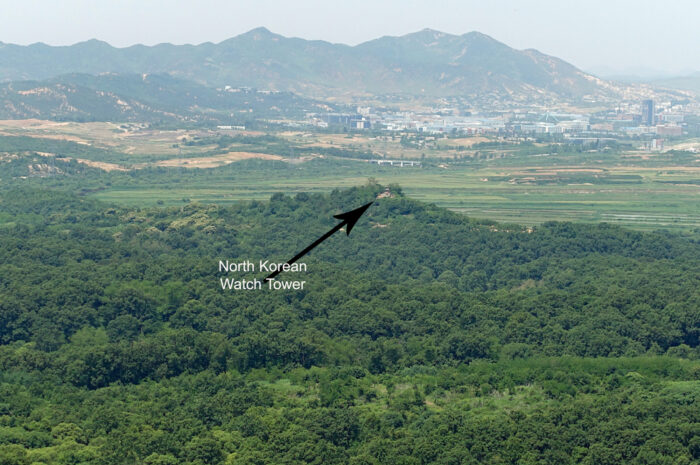
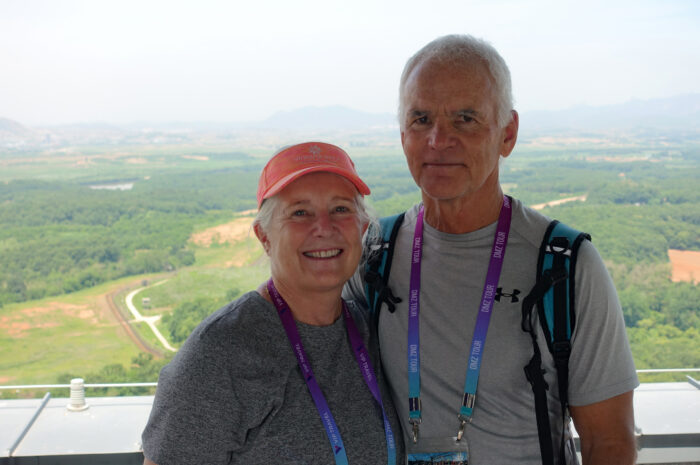
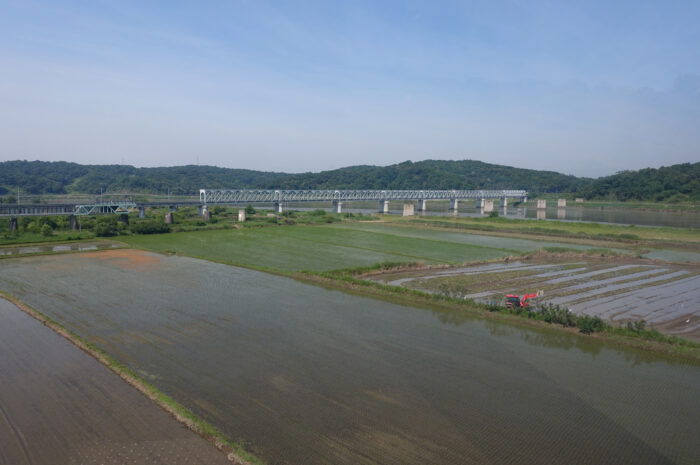

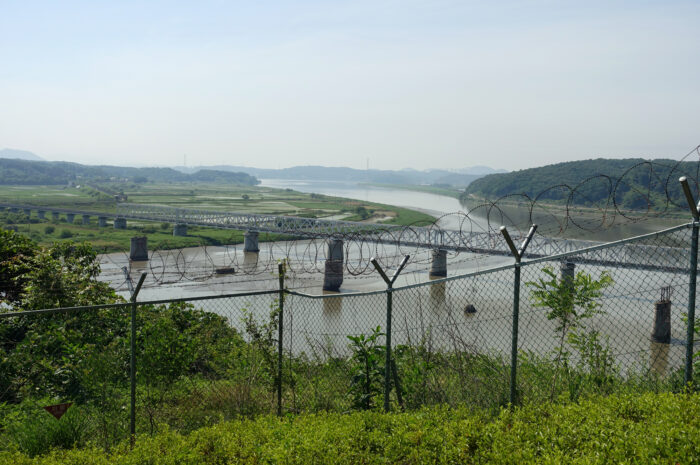
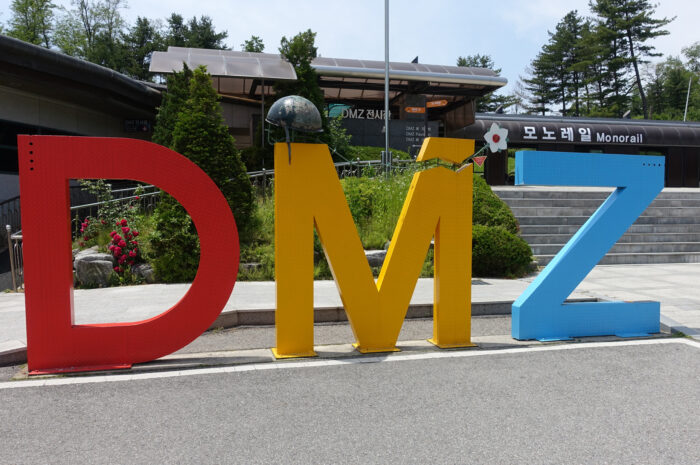
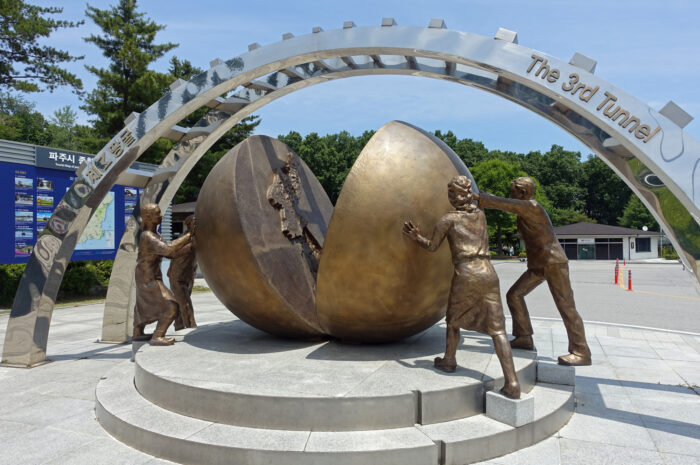
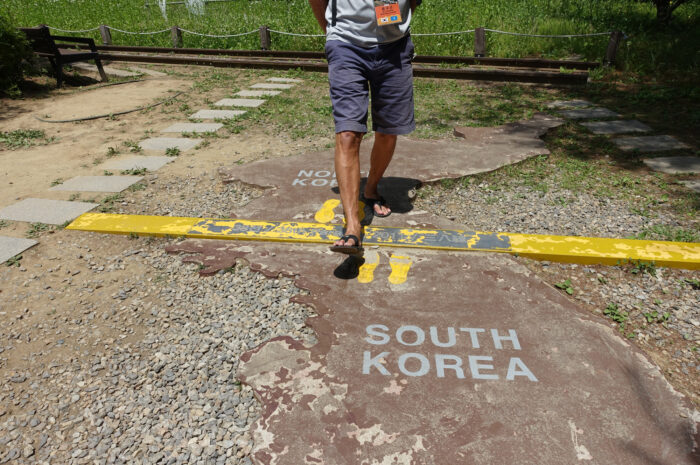
Great photos and good write up of your time in Soul. It is very different than SEA. I was only there for a long weekend and didn’t visit the DMZ. I hope to visit again someday.
Thanks Bruce! Seoul is definitely very modern and different than SE Asia, both have interesting history and places to see. We are glad we were able to spend a few days in S.Korea on our way to Canada.
Just wanted to give u some feedback. I am in Redmond, Oregon. Really, really find your blog most informative and interesting. The pictures are beautiful. I look forward to getting the new ones!!!
Thank you for your lovely comment! As much as I write this for our own memories, it makes me happy when others enjoy reading about our travels. Have a wonderful summer in Oregon.